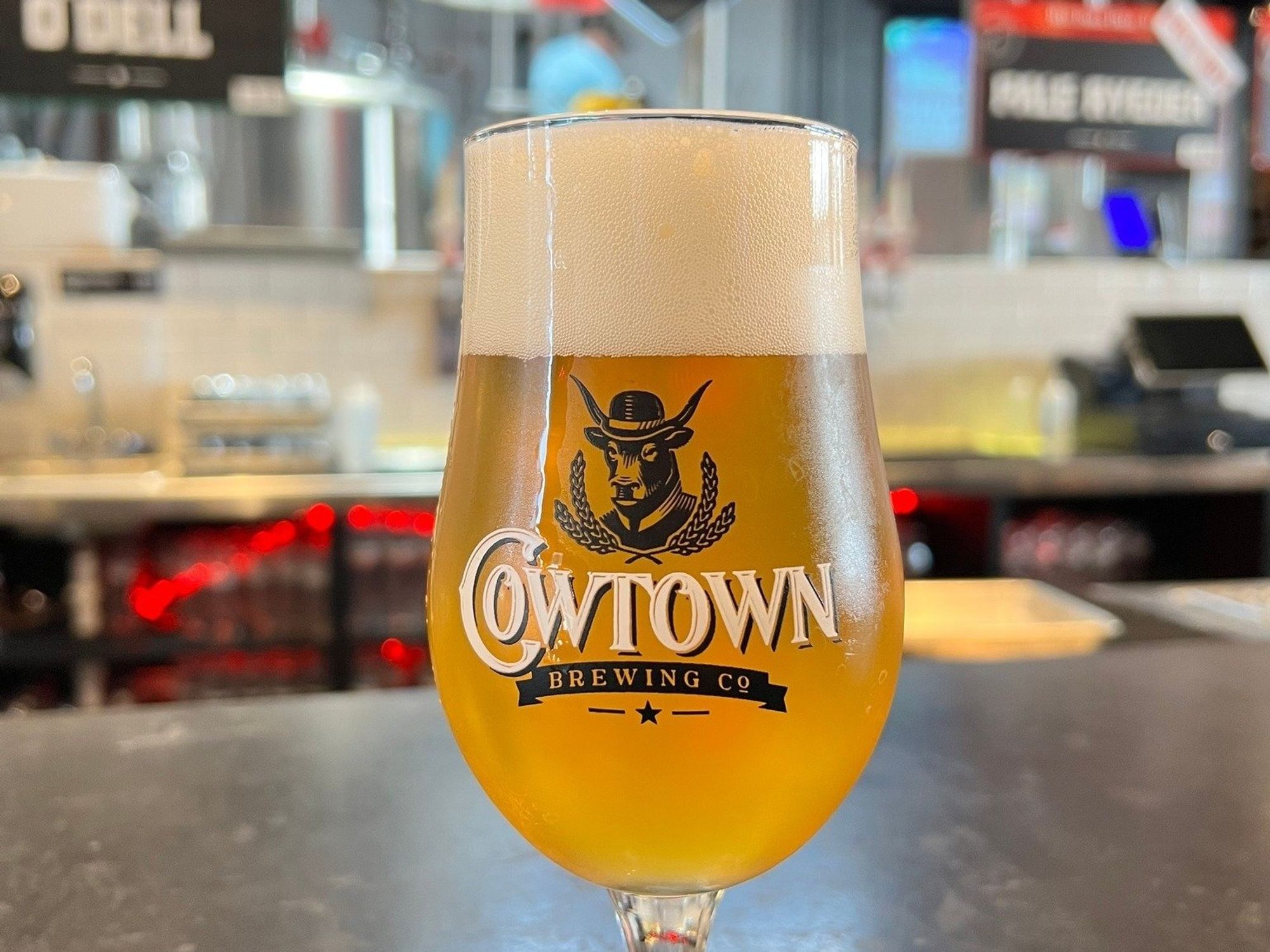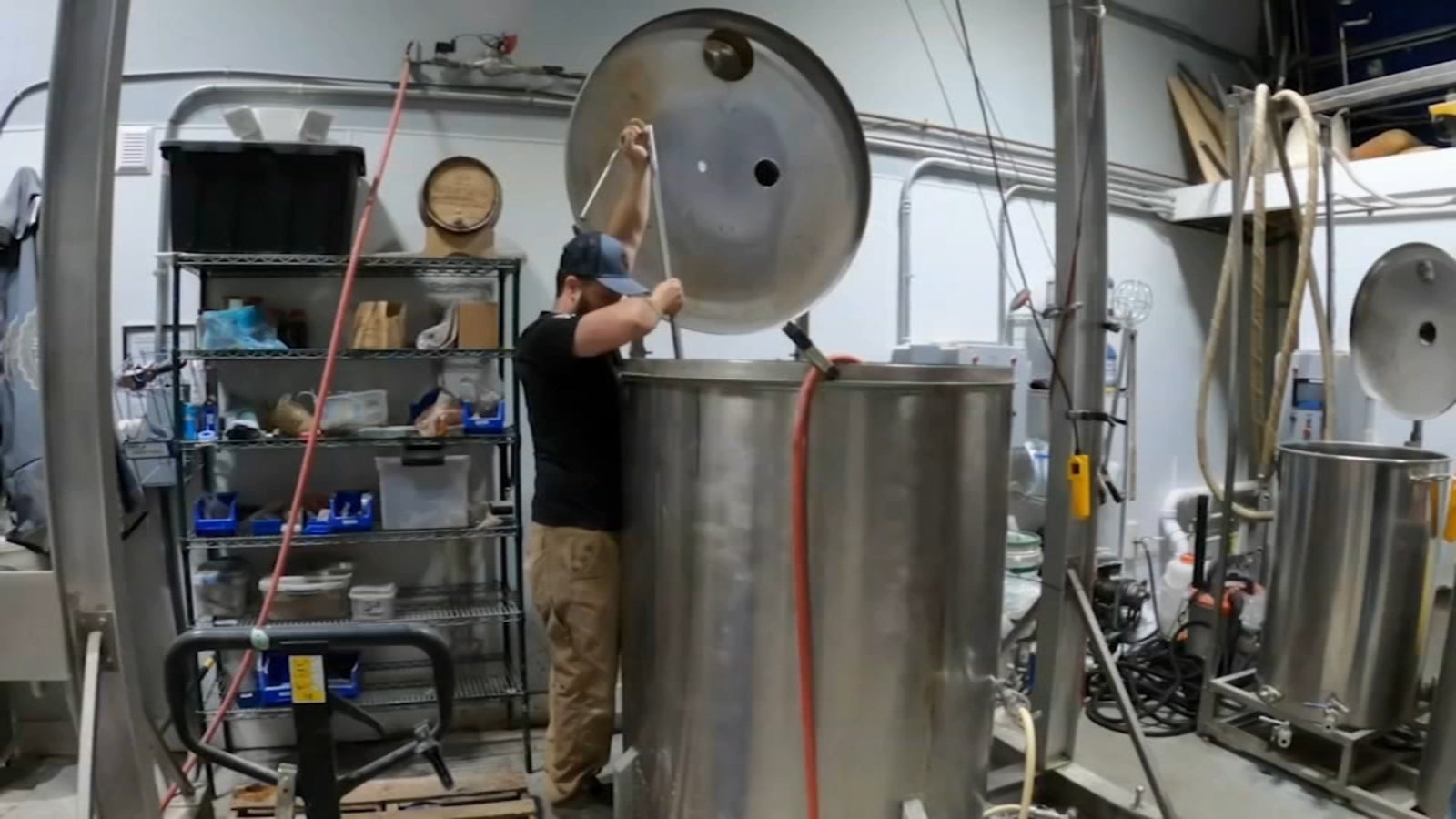Experience the Rich Taste of Galveston Whiskey: Neighborhood Specialties
Experience the Rich Taste of Galveston Whiskey: Neighborhood Specialties
Blog Article
Distillery Dynamics Revealed: a Journey Via the Scientific Research and Art of Spirits Production
As the curtains are attracted back on the intricate world of distillery dynamics, an interesting world arises where science and art converge to create the spirits we relish. Behind the shut doors of distilleries lie tricks waiting to be untangled, from the meticulous chemistry of purification to the delicate dancing of yeast in fermentation. The marital relationship of tradition and innovation in spirits production unveils a tapestry woven with threads of craftsmanship and technical innovations. Join us on a trip with the heart of distillation, where each decrease of spirit informs a tale of proficiency and interest, assuring a much deeper understanding of the alchemy that transforms grains and fruits right into the liquid gold we elevate in a salute.
The Chemistry of Purification
The chemistry of purification, a basic procedure in the manufacturing of spirits, includes the splitting up of elements based upon their different boiling factors. This process depends on the principle that each component in a fluid blend has an unique boiling point, enabling their individual extraction. When heat is applied to the blend, the part with the most affordable boiling factor will vaporize initially, increasing via the still and eventually condensing back into fluid type. This distilled liquid, called the "heart cut," includes the desired alcohol web content and flavor substances.
Throughout distillation, three primary fractions are obtained: the "heads," which have volatile substances and higher alcohols that can be harmful if consumed in large amounts; the "hearts," the valued section with the desired ethanol and taste profile; and the "tails," which contain larger substances and fusel alcohols. Experienced distillers have to carefully monitor the temperature and circulation rates to separate these fractions efficiently, ensuring a high-quality end product. The chemistry of purification is a fragile interaction of heat, evaporation, and condensation that changes a simple fluid mix into a complicated and refined spirit.
Artisanal Workmanship in Spirits Making
Amidst the world of spirits production, artisanal craftsmanship plays a crucial role in boosting the top quality and character of distilled beverages (Distillery in Galveston). Artisanal craft distillers concentrate on small-scale, hands-on production techniques, frequently utilizing conventional strategies that have been passed down through generations. These specialized artisans and ladies focus on high quality over quantity, paying precise interest to every action of the purification process
Artisanal workmanship in spirits making entails a deep understanding of the raw products made use of, such as fruits, botanicals, or grains, and how their attributes affect the end product. From selecting the finest ingredients to very carefully monitoring distillation, fermentation, and aging, artisans infuse their spirits with interest and proficiency.
Moreover, artisanal craft distillers frequently embrace experimentation and technology, pushing the limits of traditional spirits manufacturing. They might present unique flavor accounts by including locally sourced ingredients or using imaginative aging techniques. This commitment to creative thinking and excellence cause spirits that are not only of outstanding high quality yet likewise showcase the creativity and originality of the distiller.
Advancements in Aging Methods

One noticeable advancement gaining traction is the use of smaller sized barrels for aging spirits. By increasing the surface area area-to-volume ratio, smaller barrels give tastes a lot more quickly, bring about an extra extreme growth process. This technique is particularly preferred amongst craft distillers looking for to generate top quality spirits in a shorter timeframe.
Furthermore, distillers are significantly turning to alternate wikipedia reference wood kinds, such as cherry or acacia, to impart distinct tastes to their aged spirits. These unusual timbers supply a special flavor account, establishing their products apart in a competitive market.
Additionally, developments in modern technology have actually enabled distillers to explore increased aging techniques, such as ultrasound or temperature and pressure variations. These strategies enable for specific control over the aging procedure, leading to innovative flavor accounts that push the borders of typical spirits production.

The Duty of Yeast in Fermentation
An important part of the fermentation procedure in distilling is the role played by yeast. Yeast, a single-celled bacterium, is critical in converting sugars right into alcohol and co2 throughout fermentation. In the context of distilling spirits, yeast plays a pivotal role in the manufacturing of ethanol, which is the main alcohol in many liquors.
Yeast achieves this via the process of anaerobic respiration, where it metabolizes sugars such as sugar and fructose right into ethanol and co2. Various pressures of yeast can give one-of-a-kind flavors and aromas to the final spirit, contributing to the intricacy and character of the distilled product. Distillers carefully select yeast strains based on their wanted flavor account and fermentation attributes.
The fermentation procedure can last anywhere from a few days to a couple of weeks, relying on elements such as yeast sugar, pressure, and temperature level material. Surveillance and managing the fermentation procedure are vital to make sure optimal yeast task and alcohol production. In general, yeast is a fundamental player in the alchemical makeover of raw active ingredients right into the perky potions delighted in by consumers worldwide.
Lasting Practices in Distilleries
Distilleries are progressively acknowledging the significance of adopting green steps throughout the production process. Distilleries call for substantial quantities of water for numerous stages of manufacturing, and applying water recycling systems or making use of rain harvesting techniques can dramatically lower water use and decrease the distillery's overall ecological footprint.
Moreover, sustainable power sources are obtaining grip in the distilling world. Many distilleries are buying renewable resource modern technologies such as photovoltaic panels or biomass boilers to decrease reliance on non-renewable energy resources and reduced greenhouse gas exhausts. In addition, waste monitoring methods play a crucial duty in lasting distillery procedures. Distilleries are checking out ingenious means to repurpose byproducts such as spent grains or blog distillation deposits, transforming waste right into sources via approaches like pet feed manufacturing or composting. By welcoming sustainable practices, distilleries can not only decrease their environmental influence however also attract environmentally mindful customers and add to an extra lasting future for the industry.
Final Thought
From the chemistry of distillation to the duty of yeast in fermentation, distilleries are continuously exploring and innovating to develop premium spirits. The combination of practice and advancement in spirits production highlights the intricacy and creativity involved in this ancient craft.
As the drapes are drawn back on the intricate globe of distillery dynamics, a fascinating realm arises where science and art merge to create the spirits we enjoy.The chemistry of purification, an essential procedure in the manufacturing of spirits, entails the splitting up i loved this of elements based on their different boiling factors.In addition, artisanal craft distillers typically embrace testing and development, pressing the boundaries of standard spirits production. In the context of distilling spirits, yeast plays a critical duty in the production of ethanol, which is the key alcohol in a lot of alcoholic drinks.
From the chemistry of purification to the function of yeast in fermentation, distilleries are regularly innovating and exploring to develop premium spirits.
Report this page